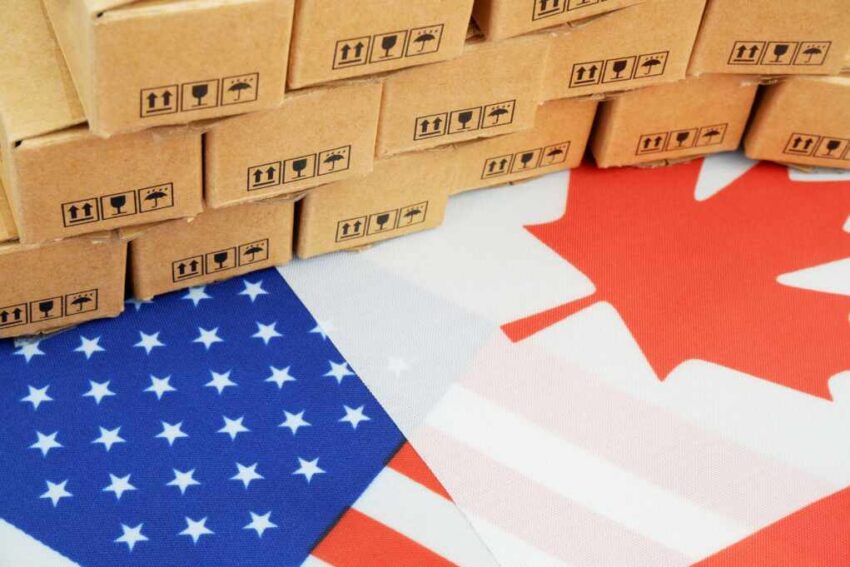President Trump has imposed a 35% tariff on Canadian imports, triggering sharp economic and diplomatic fallout.
At a Glance
- President Trump announced a 35% tariff on Canadian goods effective August 1.
- The move is tied to alleged fentanyl smuggling and correcting trade imbalances.
- Most other U.S. trade partners will face blanket tariffs of 15–20%.
- Brazilian imports may see a 50% duty due to political disputes.
- U.S. stock markets have reacted negatively to the tariff announcement.
Escalation in Trade Tensions
President Trump’s new tariff directive slaps a punitive 35% import tax on Canadian goods, citing both fentanyl smuggling allegations and a ballooning trade deficit as justifications. The administration has warned that the rate may climb further if Canada retaliates or fails to meet enforcement benchmarks on narcotics control. Previously at 25%, the new tariff goes into effect on August 1, marking one of the most severe trade actions ever taken against a U.S. ally.
Canada’s newly installed Prime Minister, Mark Carney, rebuked the accusations, claiming “vital progress” had been made in drug enforcement and committing to high-level diplomatic engagement. In parallel, Trump’s team issued warnings to at least two dozen additional countries—mostly in Europe and Latin America—that they would soon be subject to blanket tariffs between 15% and 20% unless bilateral trade renegotiations commence.
Watch a report: Trump threatens Canada with 35% tariff – NBC News.
Brazil, singled out for what the administration described as “political instability and flagrant trade abuses,” faces the prospect of a crushing 50% import duty. The tariff blitz comes just as the U.S. nears final negotiations with the European Union over a comprehensive trade pact, potentially jeopardizing those talks amid rising tensions.
Market Shock & Strategic Blowback
Financial markets responded swiftly and sharply. The S&P 500 dropped 0.4% on the day of the announcement, while the Dow Jones Industrial Average slid 262 points and the Nasdaq suffered a similar decline. Analysts attributed the volatility to fears of inflation, higher consumer prices, and deteriorating supply chains—all classic symptoms of aggressive protectionism. Affected sectors include automotive, agriculture, and consumer electronics, where price sensitivity could quickly lead to reduced demand.
The initial fallout from the tariffs may only be the beginning. Trade groups have warned of retaliatory tariffs, particularly from Canada and the European Union, which could target U.S. exports of dairy, technology, and heavy machinery. The escalation also casts a long shadow over the United States–Mexico–Canada Agreement (USMCA), which is up for review in 2026 and may now be subject to renegotiation or collapse.
The Road Ahead: War or Resolution?
This surprise tariff offensive is being viewed by many as the official return of the Trump-era “Tariff Man” doctrine—a strategy of leverage through trade punishment aimed at reshaping global supply chains. According to the Financial Times, the move is part of a broader shift toward economic nationalism that could realign global commerce in unpredictable ways.
Some international allies are reportedly preparing countermeasures, with the EU bloc signaling it is “locked and loaded” for tariff negotiations. With global GDP growth already under pressure from inflation and lingering supply chain disruptions, the possibility of a spiraling trade war now looms over international markets. Unless diplomacy intervenes swiftly, this escalation risks igniting a prolonged economic conflict across multiple continents.
Click this link for the original source of this article.
Author: Editor
This content is courtesy of, and owned and copyrighted by, https://deepstatetribunal.com and its author. This content is made available by use of the public RSS feed offered by the host site and is used for educational purposes only. If you are the author or represent the host site and would like this content removed now and in the future, please contact USSANews.com using the email address in the Contact page found in the website menu.








